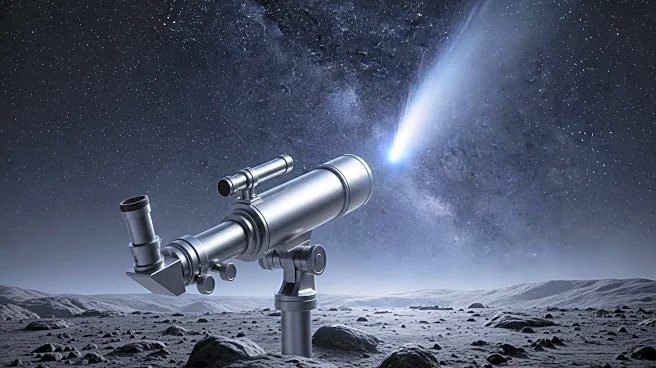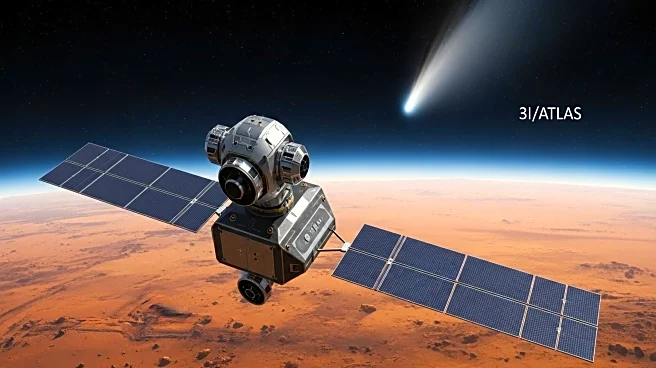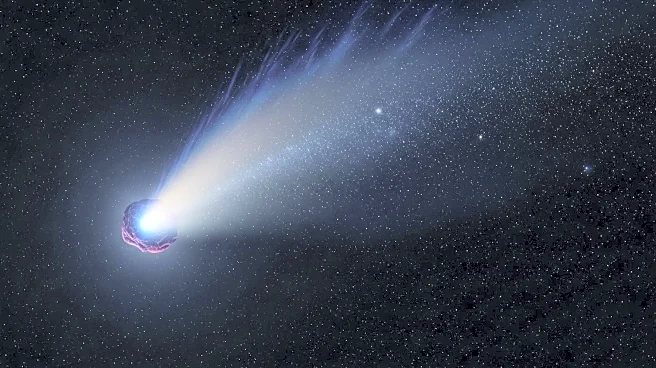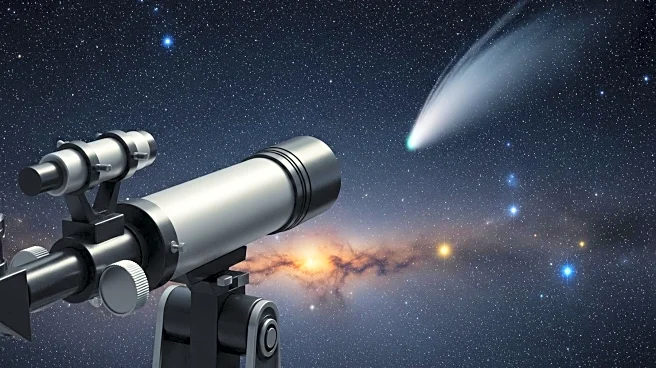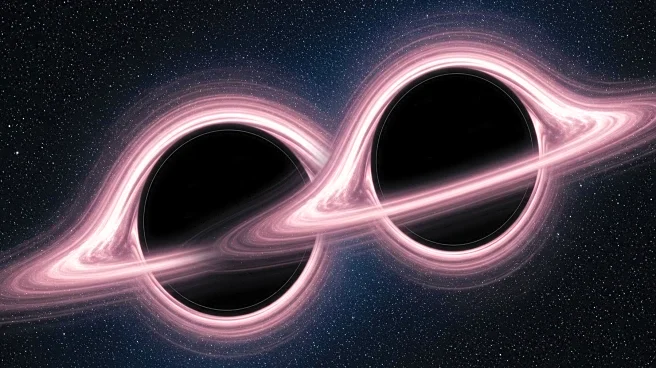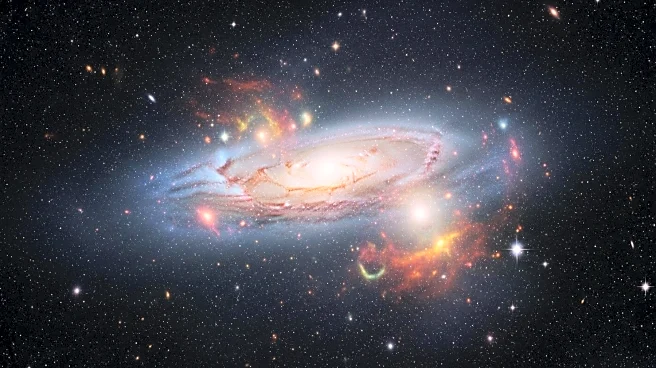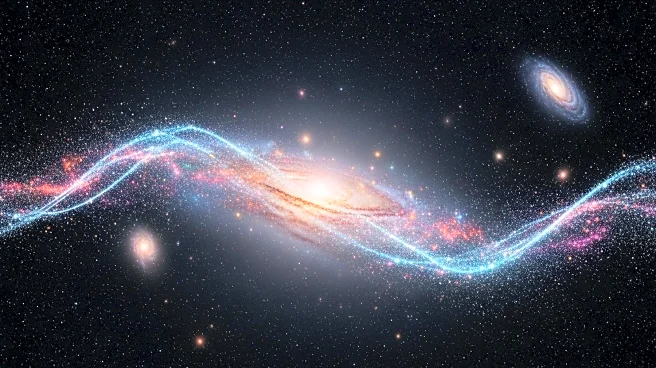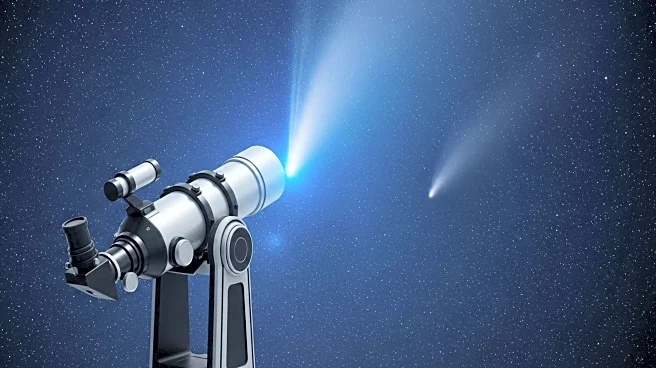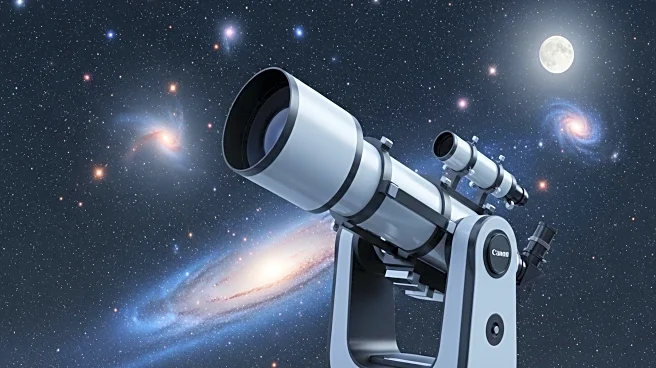What is the story about?
What's Happening?
Avi Loeb, head of the Galileo Project and founding director of Harvard University's Black Hole Initiative, has provided insights into the gravitational characteristics of the interstellar object 3I/ATLAS. As 3I/ATLAS passes through the solar system, Loeb evaluates its gravitational potential, noting that its escape speed is significantly lower than that of a black hole. The escape velocity from 3I/ATLAS is estimated to be between 1.3 and 12 meters per second, based on its diameter, which ranges from 5 to 46 kilometers. This analysis highlights the relatively weak gravitational pull of 3I/ATLAS, despite its mass exceeding 33 billion tons. Loeb's study also considers the object's rotation period and its impact on gravitational forces, concluding that the rotation speed is much slower than the threshold needed for breaking up a comet nucleus bound by gravity.
Why It's Important?
The study of 3I/ATLAS offers valuable insights into the behavior of interstellar objects and their gravitational interactions within the solar system. Understanding these dynamics is crucial for astrophysics, as it helps scientists predict the movement and potential impact of such objects on planetary bodies. The weak gravitational influence of 3I/ATLAS, despite its massive size, underscores the complexity of gravitational forces in space. This research contributes to the broader understanding of how interstellar objects interact with celestial bodies, which is essential for future space exploration and the study of cosmic phenomena.
What's Next?
As 3I/ATLAS continues its journey through the solar system, further observations and studies are expected to refine the understanding of its gravitational properties and behavior. Scientists may focus on tracking its trajectory and analyzing its interactions with other celestial bodies. The ongoing research could lead to new discoveries about the nature of interstellar objects and their potential impact on the solar system. Additionally, the public interest in 3I/ATLAS may drive further scientific inquiry and exploration, potentially leading to advancements in space technology and astrophysics.
Beyond the Headlines
The study of 3I/ATLAS raises questions about the nature of interstellar objects and their role in the cosmic environment. The weak gravitational pull of such massive objects challenges traditional notions of gravity and mass, prompting a reevaluation of how these forces operate in space. This research may also have implications for understanding the formation and evolution of celestial bodies, as well as the potential for discovering new types of interstellar objects. The attention garnered by 3I/ATLAS highlights the public's fascination with space exploration and the mysteries of the universe.
AI Generated Content
Do you find this article useful?
